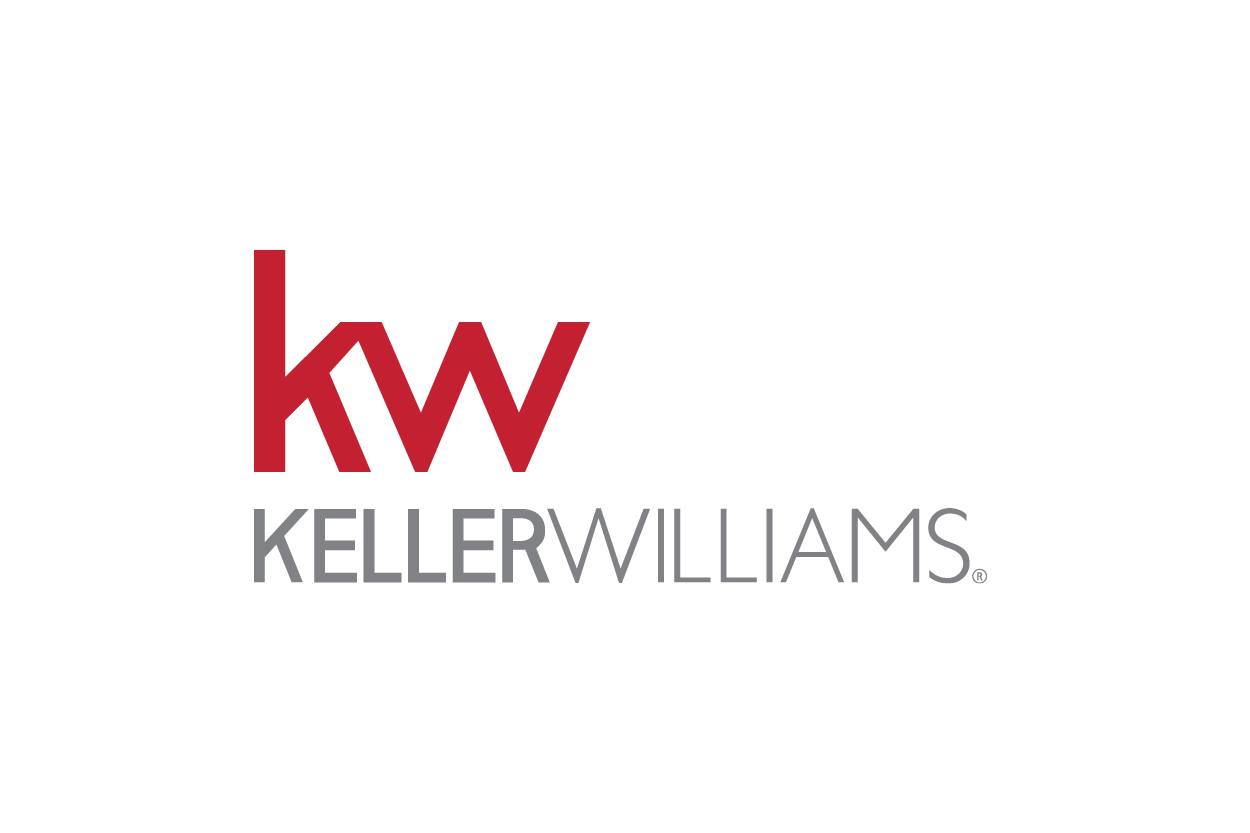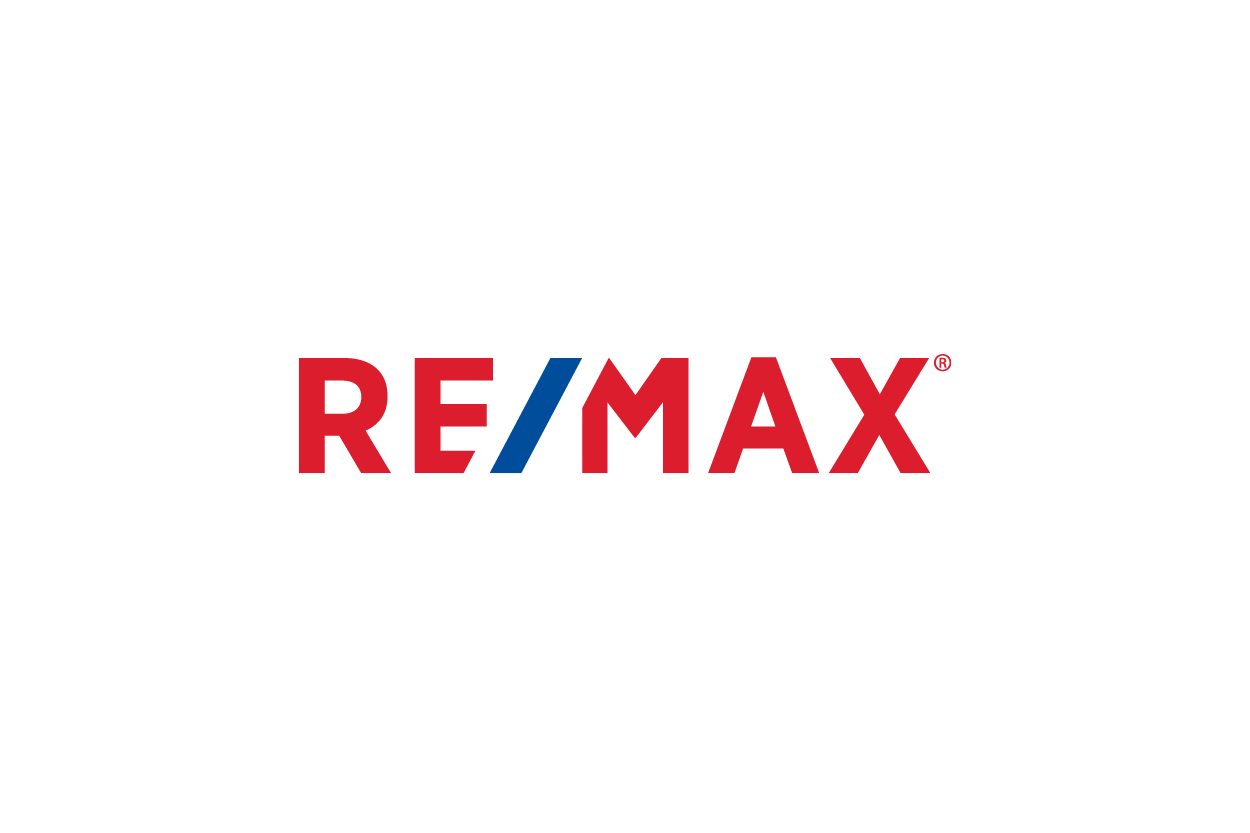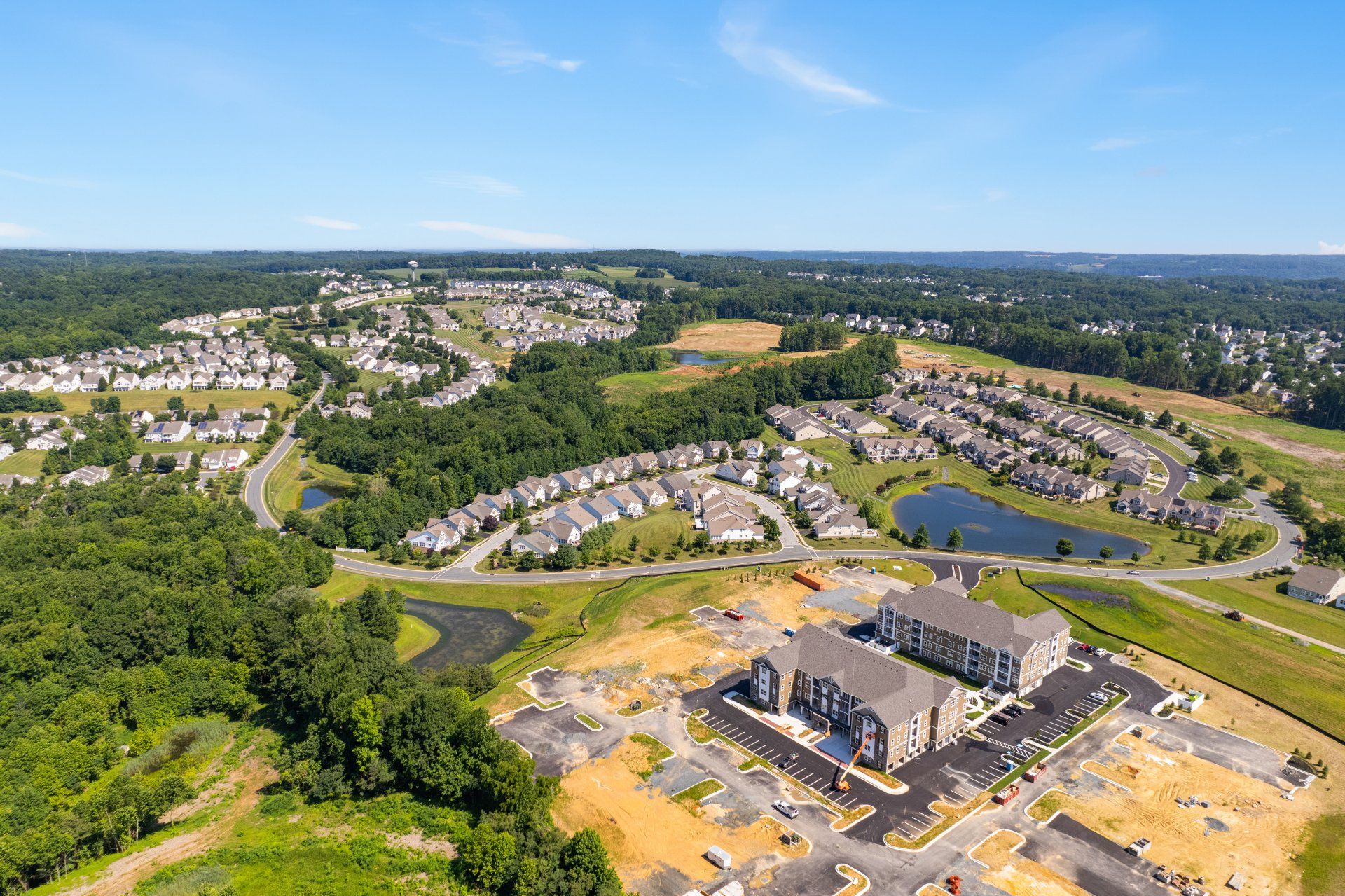Meet Victor Coll, a seasoned expert in the art of in-bound content marketing. With a proven track record in crafting winning content strategies, Victor excels in attracting and engaging audiences organically. His proficiency extends to optimizing content for maximum impact, resulting in increased brand visibility and audience retention. Victor's dedication to the art of in-bound content marketing has helped businesses achieve remarkable growth. Join him as he shares invaluable insights and strategies to empower your content marketing efforts and drive meaningful connections with your target audience.
A Look Into the Future of Drone Photography
WHY PAY MORE?
Fourteen million. That is the number of posts on Instagram with the hashtag drone . And that does not include all of its possible variations, such as #dronephotography , #dronevideo, and #dronestagram (together another 13M posts). Not so many years ago, the idea of drones inhabiting the sky was merely a figment of science fiction imagination. Today, drones can be seen almost anywhere.
“Anywhere” includes the aerial arena of real estate marketing, where clients are more apt to list with an agent who offers drone photography services .
And no wonder. Drones allow a freedom and flexibility that few other strategies can. In the world of real estate photography, a drone affords a view superior to any manned aircraft or government satellite. And professional drone services usually cost less than commercial aviation photography.
With a drone, you can offer your clients encompassing views of an entire property. You can show them sights of the surrounding community, like a flyover of the local park or the kids’ route to school. You can show your buyers the condition of the roof and other property features that cannot be viewed from the ground. And the images arrive in much fuller detail and resolution than what can be seen on Google Maps or from an airplane. You can even fly right in through the front door.
What’s more, drone photography is as much a tool to sell you as an agent as it is a mechanism to sell a house. According to MLS statistics, properties listed with aerial imagery are nearly seventy percent more likely to sell than those without. And that number is on the rise. That is why in some markets, more than eighty percent of buyers prefer to work with an agent who uses drones.
With that in mind, here are a few things to look out for in the future of drone photography.
Drone use is on the rise.
In the US, there are 1.7 million registered drones, with nearly half a million designated for commercial use. That number has been, and will continue to rise. Some projections place the global market for drone technology at $43 billion by the year 2024, up from $14 billion in 2018. That equates to a compound annual growth rate of more than twenty percent!
What might that mean for your business? Consumers are evolving and so are their expectations. No longer are simple snapshots of the interior or front elevation of a house adequate to capture the imagination of your buyers or satisfy their thirst for information. By now you know that ninety percent of home buyers begin their search online. And those potential customers are used to (and expect, even demand) the latest marketing concepts, styles, or techniques.
That does not mean that tried-and-true marketing strategies are obsolete. Print advertising is as relevant as ever in your marketing mix. But the quality of the photography in those postcards or brochures ? It better not be second rate. At least, not if you hope for quality customers and speedy results.
Still, your customers see novel marketing tools all around them, reaching out to grab their attention.
You can see the trend toward digital strategies in the market’s interest in 3D virtual tours . Even before the rise of COVID-19 , the popularity of virtual showcases was on the rise. And why wouldn’t they be? Homes sell faster and at a higher price when they are listed with a virtual tour. The digital twin of a property serves as a perpetual open house for which a seller does not need to have a stream of strangers flow through the house and buyers can view the property anytime, anywhere. And for an agent, a virtual tour , such as the Matterport digital twin, can (among other things) keep people on your website up to ten times longer. Your listings get far more views and your site’s SEO strategy gets a boost.
The same can be said about a real estate video . Where virtual tours offer room-by-room views, the ability to highlight any aspect of a property with a callout tag, and accurate measurement data, a quality video serves to tell a story. And people love a story. Modern storytelling finds its most widespread appeal much less in written form as in other forms of entertainment: television, surfing the internet, and video gaming. Each of which has one thing in common: video .
Stretch that with the next step into the realm of science fiction. Virtual reality has made its way from the script of The Matrix (actually, VR was imagined in fictional writings back in the 1930s) to living rooms across the globe. And it is showing itself increasingly useful in real estate.
2D photography has not been left behind in the race. Companies continually expand the HDR features and functions of digital cameras for use in anything from a smartphone to (you guessed it) a drone.
Drones appear in the conversation as both a next-level enhancement, an accompaniment to these other marketing strategies and as a tool to combine the elements of each. With the images captured from a drone – whether they are 2D HDR photographs , video, or 360 degree panoramic shots – you can offer to your customers precisely what they are looking for: an information-rich, visually stimulating capture of the imagination.
Quality and reliability improvements
Along with the rise in popularity of drones and the expanding expectations of your customers, another trend to look for is the ongoing improvement of drone quality and reliability.
Until recently, drones were chiefly used for military and intelligence purposes. But today, state-of-the-art drones are being used for personal and commercial purposes. Their use can be applied to scientific research, tracking and surveillance, transportation of goods, and a host of other imaginative ideas. They are increasingly used for fine art photography. And, of course, they are used for residential and commercial real estate. Their growing popularity ensures one thing at least: manufacturers will compete at the highest level to up their games and compete in the burgeoning marketplace.
For one, as the demand for drone technology expands, so does the sophistication of the onboard electronics – sensors, cameras, and more. The drones of tomorrow are predicted to outperform current technology in terms of the way they can fly, the amount of time they can fly, and the quality of the images they capture as they fly.
Future camera technology is expected (as is usually the case) to offer higher resolution. That means higher quality images. Interchangeable lenses are also anticipated developments. Add to that the move toward being able to shoot pictures and video in the low level light at twilight .
Another ongoing development is battery technology . The problem for automakers when developing hybrid and electric cars has always been how to create a battery that lasts. Same goes for cordless power tools. Same goes for drones. It can take half an hour to perform a full aerial photo shoot of a property. While some drones are capable of staying in the air for half an hour, the average life of a drone battery is about seven minutes. Fortunately, drone manufacturers are ever working on extending that time.
Advances in artificial intelligence technology are expected to help drones detect obstructions and prevent collisions, track objects, and self navigate. Drone piloting is a learned skill. It is not particularly difficult to fly a drone, but it is also not difficult to crash one. AI is helping to alleviate that problem.
Increased regulation and restrictions
With the soaring popularity of drones also comes a rise in regulation and restrictions. Not long ago, an FAA license was required in order to legally operate a commercial drone in the US. In 2016, the FAA lowered the regulatory standards for flying drones; only an inexpensive drone license or certificate is needed today.
However, as drones become more proliferate, governments all over the world are looking to expand regulations for safety and accountability. Under development, for example, are requirements for drones to include onboard hardware that can be recognized by air traffic control, law enforcement, and other regulatory agencies.
While some countries have an outright ban on drones, fortunately they are legal in the US. And the FAA no longer requires a pilot’s license to operate one. An operator (for commercial purposes) must obtain a remote pilot certificate, or “drone license”, at a cost of $150 and a written test. And then there is drone insurance to cover damage and personal injury liability. Couple those with the time it takes to become skillful in the use of a drone and the cost of a professional model with a quality camera, and you are probably better off deferring your drone photography to a professional service who can stay atop the advancements in the industry.
It does not take a deck of tarot cards or the imagination of Ray Bradbury to foresee the future of drones for use in real estate. They offer a competitive advantage for you and your customers and they are here to stay.
The post A Look Into the Future of Drone Photography appeared first on Hometrack Real Estate Marketing .


Real Estate Photography Blog Categories



CONTACT US
Brought to you by
1 Texas Station Court
Suite 130
Timonium, MD 21093
All Rights Reserved | ©2025 Hometrack Real Estate Marketing | Privacy Policy | Powered By Craig Westerman, Victor Ivan Coll , and Juno Digital Media












